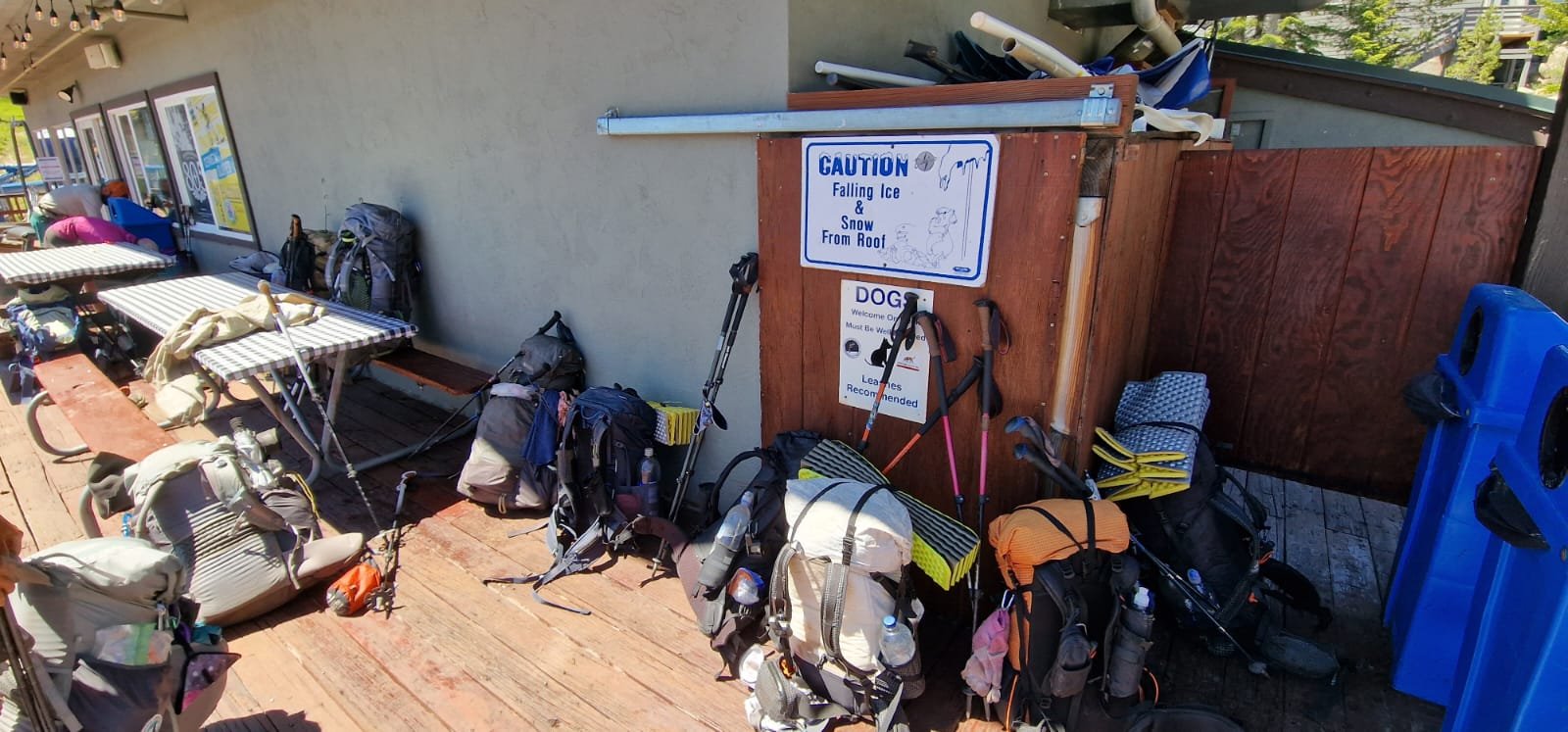
How to choose your pack
Your backpack will become your best friend and your worst enemy, so choosing a good one is quite important, but not difficult! How do I find a pack that suits me?
Let me ask you a question in return: 'what do you expect from a pack'? To make the first shift in the jungle of pack brands you can answer the following questions.
What kind of hiker are you? A day, section or a long distance hiker? What is your style? Fast and lightweight or comfortable and safe? Do you like all your items in one compartment or multiple? What items do you need immediate access to? Items includes snacks, camera, water, (satellite) phone, hand sanitizer, and ofcourse more snacks (yes, food is key on trails).
What items are on your gearlist? Some great advice I was once given: collect all these items, bring them to the store, and see if which pack fits best. Or find people in the area who have your desired backpack and ask if you can borrow it for a day so you can try it out.
What trail are you hiking? Is a bearcannister mandatory? Are there big water carries? How often do you expect to resupply? Is it a wet, high, or very dry environment?
When you have answered these questions you will probably have a better idea of what you want and need.

Fits me like a…pack?
To increase a better fit a lot of brands offer various torso and hipbelt sizes. Some brands even offer various strapes to fit different shoulder types. Your nearest outdoor store can help you choose your size. If you want to order overseas, there are a lot of videos on youtube with pack sizing guides.
Waterproof of water resistent?
For some this is a tough choice to make. A dry sleepingbag means the world at the end of a long day outside, but waterproof packs are often heavy. Waterresistent packs are lighter but can hold only a certain amount of water.
A lot of hikers choose a water resistant pack and built redundancy by adding one or more layers:
Use a liner in your pack. This can be a garbage bag or more sturdy bag
Buy dry sacks. You can immerse these bags in water and the contents remain dry.
And/ or choose a rain cover for your pack.
Ofcourse it also depends on the trail you are going to hike. On the PCT I had a total of 5 rainy days. As I gained more confidence in the trail and my abilities I took less and less precautions for the rain. When I hiked in an area with a greater chance of precipitation I added layers.

My personal favorite
I personally fell in love with the brand ULA and specifically with the model circuit. I tested this one a couple of times by borrowing it from another hiker. The pack fit me perfect and gave me enough comfort with a heavy load. The pack has a roll top, which allows you to adjust the volume to suit your needs and you can add multiple pockets to the front for your snacks, phone, water bottle, etc.
But what makes the company stand out is their customer service. After 10 weeks of hiking on the Pacific Crest Trail, the frame of my backpack broke. Probably by wearing a bear canister on top of the backpack instead of inside the pack. I emailed them from Kennedy Meadows North about my problem and within half an hour I received a message that ULA had sent a new frame free of charge to South Lake Tahoe, where I would arrive a week later.